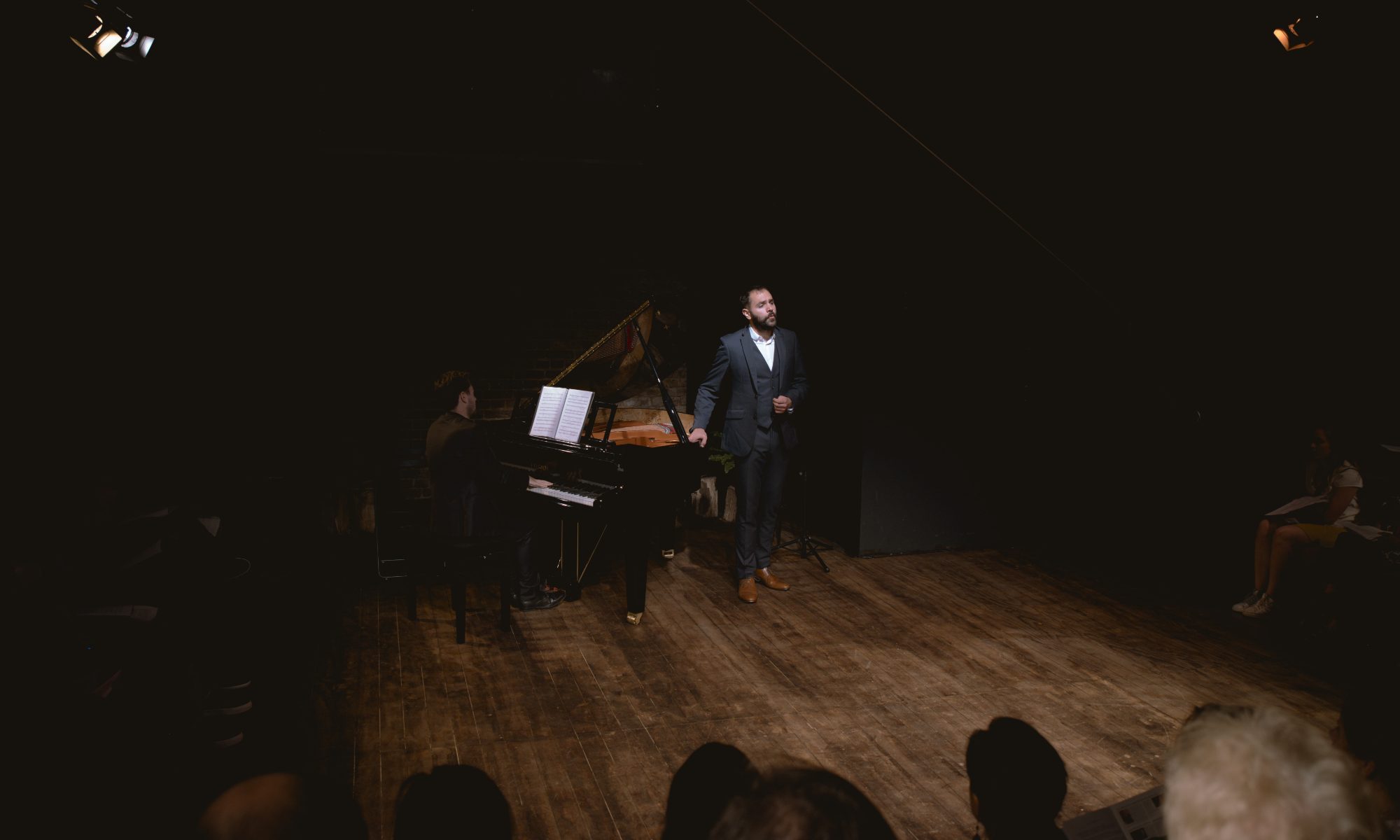
- This event has passed.
Francisco de Goya in love and song
6 March 2018 @ 6:00 pm - 8:00 pm
£40 – £50
Lecture-recital with Dr Jacqueline Cockburn, Karen Schriesheim (soprano), Jorge Navarro Colorado (tenor) and Dan Bovey (classical guitar)
Programme to include:
Fernando Sor (1778-1839)
– Cesa de atormentarme
– Mis descuidados ojos
– El que quisiera amando
– Puede una buena moza
Enrique Granados (1867-1916)
– Callejeo (from ‘Tonadillas en estilo antiguo’)
– El majo olvidado (from ‘Tonadillas en estilo antiguo’)
– El mirar de la maja (from ‘Tonadillas en estilo antiguo’)
– El majo tímido (from ‘Tonadillas en estilo antiguo’)
– La maja de Goya (from ‘Tonadillas en estilo antiguo’)
Goya, a rough and rebellious artist and the beautiful but capricious duchess of Alba embarked on a liaison which has kept lovers of Goya’s art amused and gossiping for over two hundred years. Over his career however, he painted women as lover and procuress, sinner and saint, worker and aristocrat, heroine and victim, goddess and witch. This lecture will explore the many varied ways Goya represented women during his life time. We will explore his relationships with and approaches to women. Naked or clothed they appear in their many guises as Muses who inspire his scrutiny and at times his satirical glance. Women’s roles changed during the eighteenth century. Some lit cannons and battled with a waning Inquisition. Others ruled over the country or were patrons of the arts. Many were victims of war and some were burnt as witches. Goya’s glance is often adoring; his brushstrokes seem to caress their bodies lovingly and sensually. He is also sympathetic and horrified and provides us with extraordinary historical insights.
Goya’s work inspired musicians and composers and this lecture will be accompanied by singers, Jorge Navarro and Karen Schriesheim and the classical guitarist Daniel Bovey.
Having attended the Spanish military academy, Fernando Sor (1778-1839) took part in the Spanish War of Independence between 1808-1814. Many composers were forced into exile after the war as a result of their liberal views. Like Ledesma, León and García, Sor joined a numerous colony of Spanish exiles in London. Sor wrote many Canciones patrióticas in his exile, perhaps in the hope of spreading his political message or simply driven by a certain nostalgia/homesickness. These Canciones became remarkable political symbols, were sung in cafes, streets, theatres, salon gatherings, and served to bring together Spaniards. Granados’ Tonadillas, written around 1914, were inspired by Goya’s depictions of 18th century Madrilenian majos and majas. They bear witness to the extent to which Goya’s work influenced Spanish artists beyond his time and beyond the realm of art.
Dr Jacqueline Cockburn is Managing Director of Art and Culture Andalucía (www.artandcultureandalucia.com) She runs residential courses in Andalucía, Southern Spain in the art and culture of the region. Jacqueline also works in London as a free-lance lecturer. She lectures at Grace for The Art Story, the V and A, Christies Education, The Art Fund, The London Art History Society and Art Pursuits Abroad as well as several other prestigious institutions and is accredited by The Arts Society working all over the world for them delivering lectures on a variety of art historical topics. Her specialist field is Spanish Art but she also lectures on European Art 1790-1950. She lectured at Westminster School, London and Birkbeck College, University of London for over 20 years. She took her first degree in Modern Languages then an M.A in Sao Paulo Brazil on Applied Linguistics. Her Art History degree and PhD were taken at London University.


